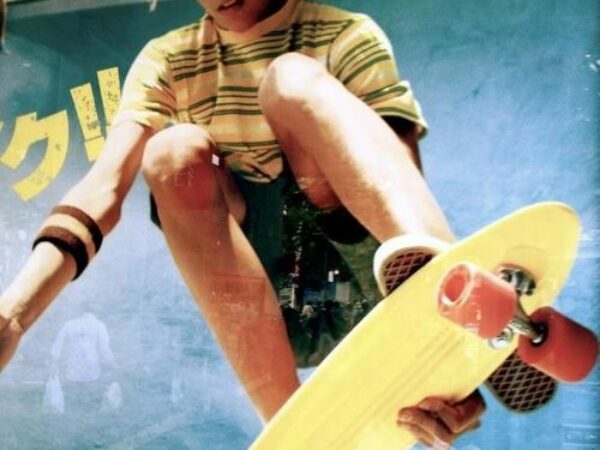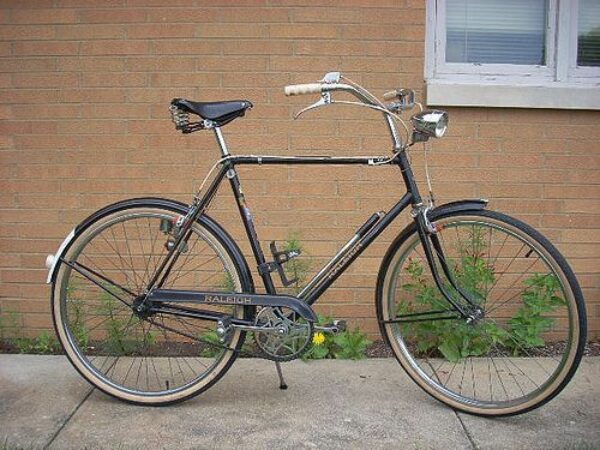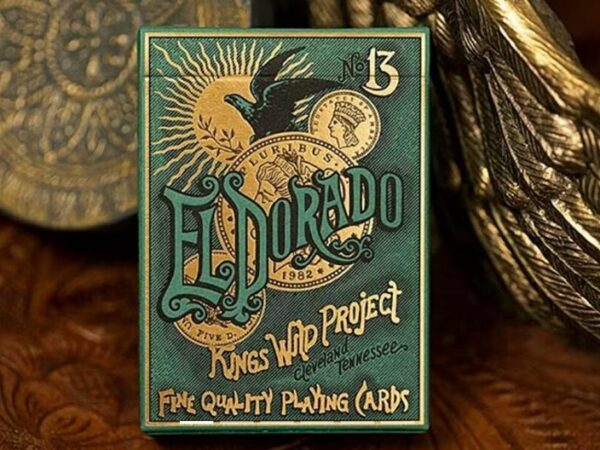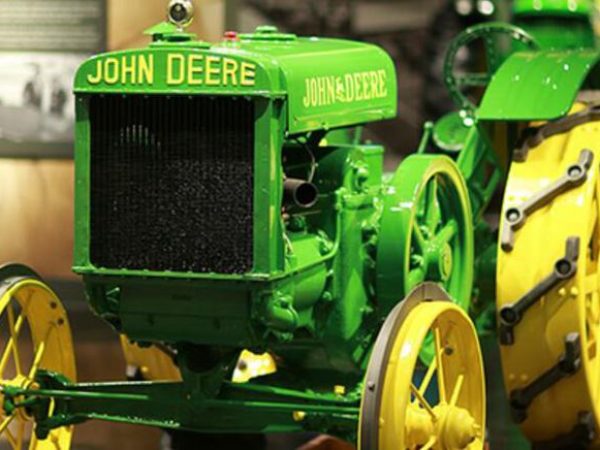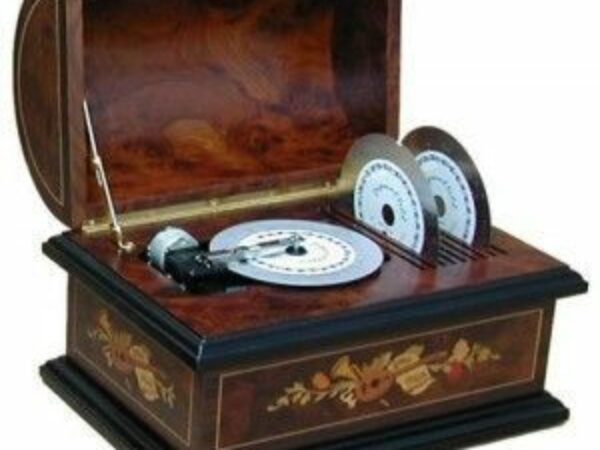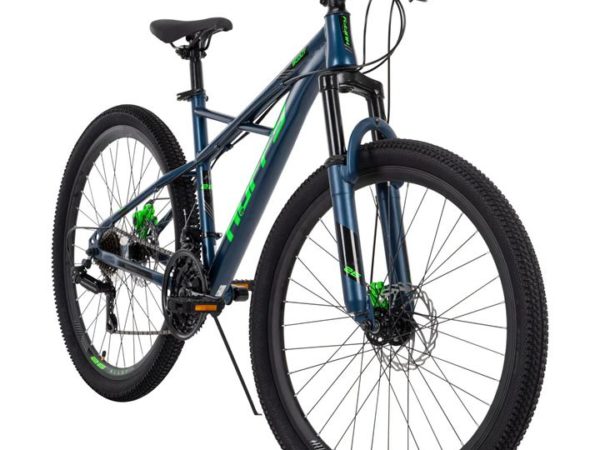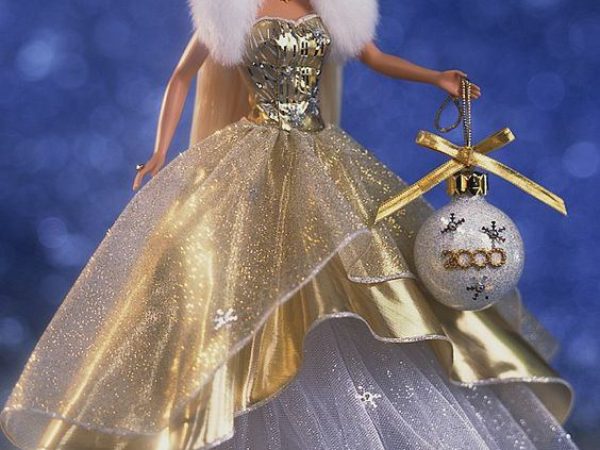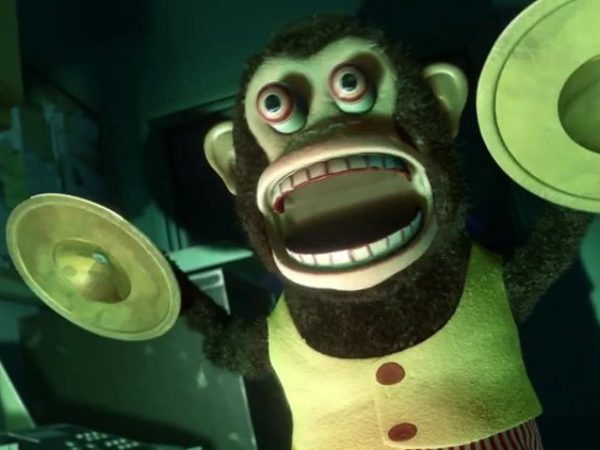To the uninitiated, beanie babies might seem like nothing more than a bunch of cuddly toys, but to collectors, they are so much more. Each beanie baby is unique, with its own distinct personality and backstory. For many collectors, the joy comes not just from acquiring new beanie babies, but from getting to know each one individually.
If you were a child of the 90s, there’s a good chance that you had at least one Beanie Baby. These cuddly toys were all the rage in the 90s, and many children collected them in hopes of one day becoming rich. Believe it or not, some of these Beanie Babies are now worth a fortune! In this blog post, we will take a look at some of the most valuable Beanie Babies and see how much they are worth today.
Table of Contents
The History and Evolution of Beanie Babies
Beanie Babies are small, plush toys that were incredibly popular in the 1990s. Each Beanie Baby was designed to resemble a real-life animal or character, and they were often seen as collectible items. The toy company that created Beanie Babies, Ty Inc was founded in 1986, and the first Beanie Baby was released in 1993.
Unlike most stuffed animals, which are made of cotton or wool, beanie babies are made of synthetic materials. The outer fabric is usually made of polyvinyl chloride (PVC), while the filling is typically polyester fiber. Beanie Babies have had two tags for identification since the beginning: a heart-shaped “swing tag” at the top and a fabric “tush tag” at the bottom.
The craze for these toys really took off in the mid-1990s, and at one point, they were selling for hundreds of dollars on the secondary market. One of the key features that helped to make beanie babies so popular was their collectibility factor. Many people began buying multiple beanie babies in the hope that they would increase in value over time. Ultimately, the popularity of Beanie Babies faded, but they remain a nostalgic symbol of the 1990s.
In early 2008, Ty Inc. released a new version of its popular Beanie Babies line of toys. The updated line featured a new generation of characters with modernized looks and heightened interactivity. The new line was initially met with mixed reviews, but sales eventually picked up and the 2.0 line became one of Ty’s most successful products.
What are the Most Valuable Beanie Babies?
There are thousands of different Beanie Babies to choose from, and some of them are worth a small fortune. Here are the ten most valuable Beanie Babies:
Hippity, Hoppity, and Floppity the Bunnies, $30,000
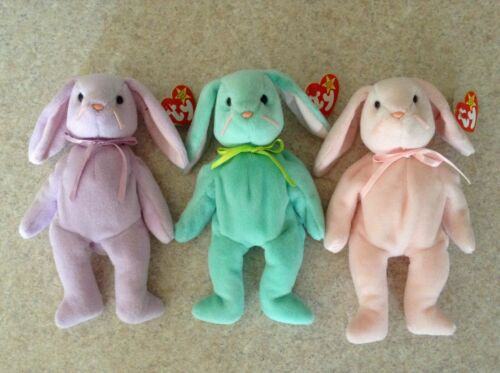
These three siblings were released in limited quantities and feature special “errors” that made them highly collectible. As a result, they are now worth an estimated $30,000.
Valentino the Bear, $42,300
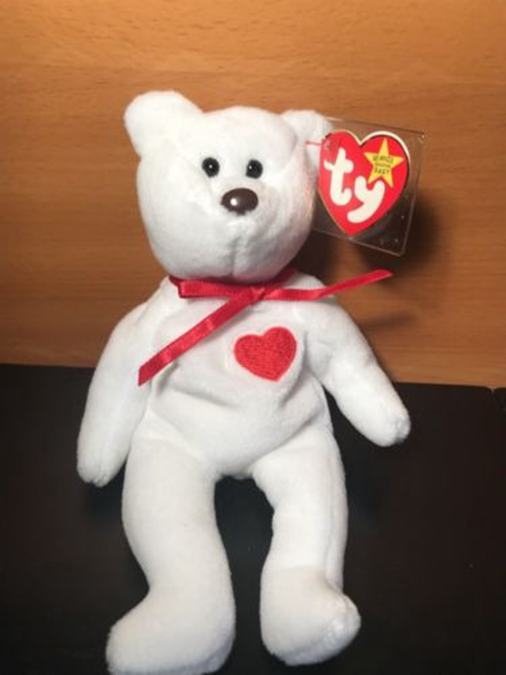
This diminutive teddy was released in 1994 and was intended to be a special “birthday bear” given to children born on February 14th. However, thanks to a typo on the hang tag Valentino became a highly sought-after Beanie Baby.
Lefty the Donkey and Righty the Elephant, $50,000
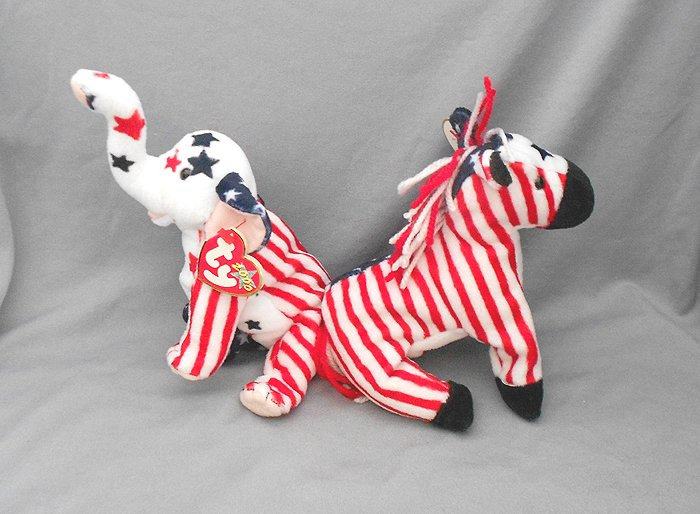
These two toys were intended to symbolize the two major political parties in the United States. When Hillary Clinton signed a pair of these beanie babies she inadvertently created a rare and valuable item. Recently, a pair of these beanie babies sold at auction for $50,000.
Jolly Walrus, $75,000
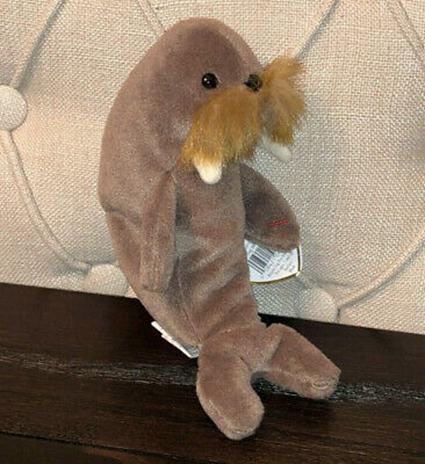
Jolly quickly became a favorite among collectors, and his distinctive features made him instantly recognizable. However, just one year after he was introduced, Jolly was retired, making him one of the rarest beanie babies on the market. Today, Jolly is highly sought-after by collectors, and his retired status makes him one of the most valuable beanie babies around.
Batty, $125,000
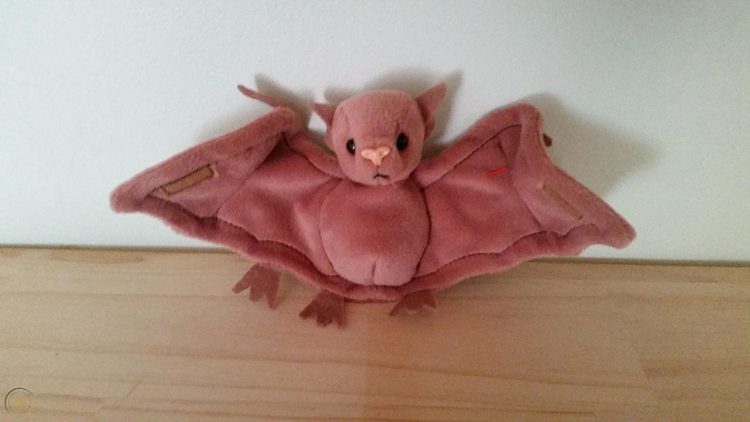
Ty Warner released a rare “manufacturing defect” version of Batty that included an extra foot. This error made the toy even more desirable to collectors. In recent years, one of these “defective” Batty the Bat Beanie Babies sold for over $100,000 at auction.
Piccadilly Attic, $125,000
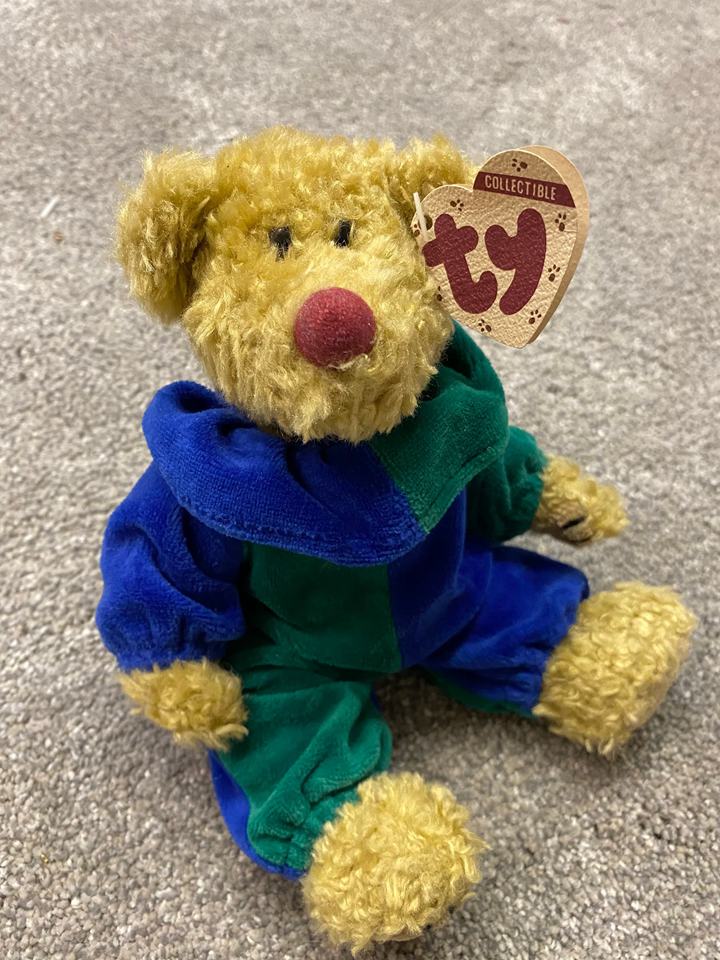
This bear was retired shortly after its release, making it extremely rare and valuable. But it’s not just the low supply that makes Piccadilly Attic so sought-after; it’s also the bear’s eerie appearance. With its somber expression and empty eyes, Piccadilly Attic is said to be one of the creepiest beanie babies ever made.
Bubbles

Ty Warner made a mistake in the manufacturing process, and some of the Bubbles Beanies had irregularities in their stitching. These “errors” made the toys even more valuable to collectors, and some have sold for as much as six figures.
Peace Bear, Ringo the Raccoon, and Bones the Dog Combo, $159,000
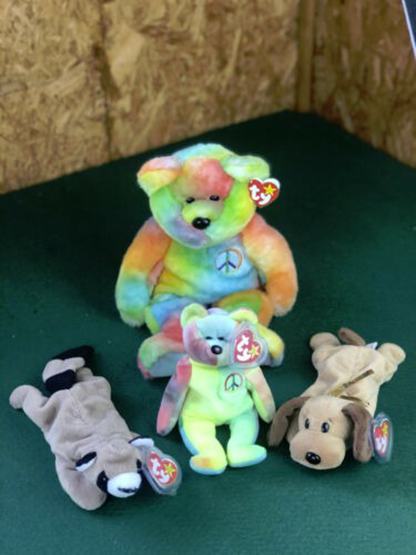
Ringo the Raccoon, Bones the Dog, and the two Peace Bears make up a quartet of Beanie Babies that are amongst the most valuable in the world. Each of these toys is valuable on their own, but the foursome is worth an astonishing amount of around $159,000 if sold as a set.
Princess the Bear, $500,000
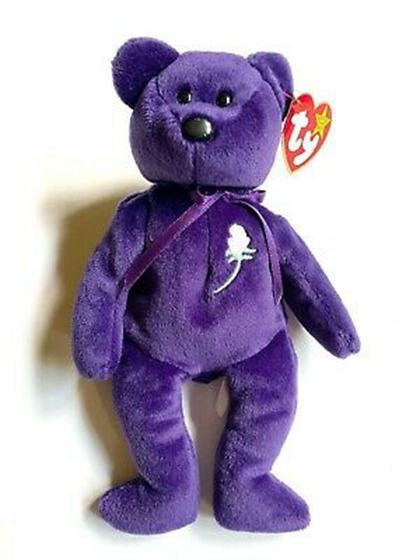
Ty Warner released a line of plush Beanie Babies to commemorate Princess Diana. One of the toys in the collection was a bear named “Princess.” In the years since Diana’s death, the “Princess” bear has become one of the most valuable Beanie Babies in existence, with some examples selling for hundreds of thousands of dollars. The high price tag is due to both the Bear’s rarity and its proximity to Diana’s tragic story.
Large Wallace and his Squad, $600,000
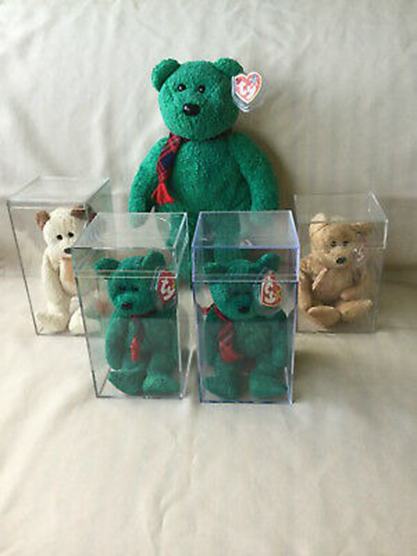
This rare set, which includes a large-sized Wallace and two regular-sized Wallaces, Huggy and Cashew combo, has an unimaginable value attached to them. Given the rarity of the set and the desirability of the individual pieces, it is no surprise that Large Wallace and his Squad is the most expensive beanie baby of all time.
The Top 5 Factors Affecting Beanie Babies’ Value
In recent years, the value of Beanie Babies has fluctuated depending on a number of factors. Here are the five factors that have the biggest impact on a Beanie Baby’s value:
- Condition
- Rarity
- Desirability
- Provenance
- Sales location
Condition
In the world of Beanie Babies, condition is king. A pristine beanie baby that has never been played with can fetch hundreds of dollars, while one that has been loved to death is worth only a fraction of that amount. One of the key factors in determining the value of a beanie baby is whether or not it has its original tags attached. Toys with intact tags are typically worth more than those without, since the tags add to the collectibility of the item.
There are five condition grades to value by:
- Mint – Both the hang tags and the tush tags are intact, and the beanie baby shows no indications of wear or flaws.
- Near Mint – The beanie baby is in near excellent condition, however the tags show indications of wear. These are typically sold for 80% to 90% of the price of a mint condition toy.
- Excellent – The soft body is in excellent condition, however the tags are worn and crumpled. These are usually sold for 65 to 75 percent of the original mint price.
- Very good – The tags are ripped, shredded, or missing entirely. These sell for 40% to 60% of the mint price.
- Damaged – These beanie babies are played with and they’re likely worn. They sell for around 5% to 25% of the original mint price.
Rarity
The more rare a Beanie Baby is, the more valuable it will be to collectors. In some cases, a rare Beanie Baby can be worth thousands of dollars. There are a number of factors that contribute to a Beanie Babies rarity. The first is production numbers. If a Beanie Baby was produced in limited numbers, it will be more rare than one that was produced in large numbers.
The first generation of anything is usually the most valuable. Whether it’s a painting by a famous artist or a limited edition coin, the first generation is highly sought after by collectors. The same is true for beanie babies. The original beanie babies were released in 1993 and quickly became a sensation. Because they were the first of their kind, the original beanie babies are now worth significantly more than the subsequent generations.
Another factor is whether or not the Beanie Baby has been retired. Once a Beanie Baby is retired, it can no longer be purchased from Ty. You can check if your beanie babies are retired on the official Ty Shop website.
Desirability
Just as with any other collectible, the desirability of Beanie Babies determines their value. Some Beanie Babies are simply more popular than others, and these characters often command high prices on the secondary market. In addition, certain styles and versions of Beanie Babies are more rare than others, making them even more valuable to collectors.
This is because collectors are willing to pay more for a toy that they really want. Therefore, when considering the value of a Beanie Baby, it’s important to think about how desirable it is to collectors.
Provenance
The provenance of a beanie baby can have a significant impact on its value. Collectors often pay close attention to where a beanie baby was purchased, and whether it has any certification of authenticity. In general, beanie babies that were purchased from an authorized retailer are more valuable than those that were bought second-hand or online. Beanie babies that come with a certificate of authenticity are also typically worth more than those without one.
Another factor that can add to the value of beanie babies is history of ownership. If an item can be traced back to a famous owner, it will often be worth more than a similar item with no such history.
Sales Location
The value of a beanie baby is determined by its sales location. If the beanie baby is sold in a primary market, such as at the company store, it will have a higher value than if it is sold in a secondary market, such as at a garage sale.
The difference in value is due to the fact that beanie babies sold in primary markets are typically in better condition and have all of their original tags. In addition, buyers in primary markets are generally more willing to pay a higher price for a beanie baby due to the perception that they are buying directly from the source.
The secondary market is where the beanie baby is sold after it has been used or displayed and is no longer considered to be in mint condition. As a result, the price of the beanie baby in the secondary market reflects its condition and is typically lower than the price in the primary market.
How Much Are Beanie Babies Worth
When it comes to Beanie Babies, there is no definitive answer to the question of how much they are worth. While some people are willing to pay hundreds or even thousands of dollars for a rare or hard-to-find Beanie Baby, others may only be willing to pay a few dollars for a more common one. However, if you have any old Beanie Babies kicking around, it’s definitely worth doing some research. Here is how to find out how much your beanie babies might be worth.
Ebay Sold Listings
To get an accurate idea of how much Beanie Babies are selling for on eBay, it’s best to look at completed listings. This will give you a good sense of what people are actually paying for these toys. And, not surprisingly, prices can vary widely. Some Beanie Babies are selling for under a hundred dollars, while others are fetching hundreds or even thousands of dollars. Here are some examples:
- A very rare retired 1998 Holiday Teddy beanie babywith errors sold for $419.99
- A retired Jake the Duck beanie babywith errors in mint condition sold for twice as much!
- Bucky the Beaver retired beanie baby goes for around $50.
- Goodnight Garfieldrare beanie baby starts at $45.
- Fortune Panda Beargoes for only $10.
- Mitya the Bear, exclusive 2017 Moscow Children’s Toy Fair beanie baby, sells for $4,000!
Collector Clubs and Forums (Beanie Baby Collectors Near Me)
A great way to find out the value of your beanie babies is to consult with collector clubs and forums. Here, you’ll find passionate collectors who are eager to share their knowledge and help you get the most out of your collection.
Facebook group Beanie Baby Collectors is one of the largest beanie baby clubs with over 20,000 members. Another great one is Beanie Babies Collectors. Additionally, you can look for clubs in your area on websites like Collector Online.
You should also check out some valuable forums like Beanie Babies Forum or aboutBeanies. Not only will you be able to get an accurate estimate of your beanie babies’ worth, but you’ll also have access to a wealth of information on where to find the rarest and most valuable toys.
Printed Price Guides
For those who collect beanie babies, a printed price guide can be an essential tool. While there are many online resources that provide accurate beanie baby values, a printed price guide offers a number of advantages. First, it is easy to take with you when you are buying or selling beanie babies, so you can quickly check prices on the go. Second, a printed price guide can be used offline, which is important if you do not have an internet connection.
Finally, a printed price guide provides a more permanent record of prices than an online resource, which can be helpful if you need to refer back to values at a later date. Here are some beanie babies printed price guides that we recommend:
- Rosie’s Price Guide for Ty’s Beanie Babiesby Rosie Wells
- Beanie Babies Collectors’ Guide
- Beanie Baby Book: Value Tracker Complete Guide for Collectors Celebrating 10 years of Beanie Babies Bangzoom
Online Price Guides
Online price guides can be a helpful tool for collectors of beanie babies. By providing current market values, they can help collectors to determine whether a particular beanie baby is worth purchasing.
The Beanie Babies Collectors Price Guide is the fastest way to check the value of your toys. Another great website is World Collectors which is constantly updated with new values. Kovels also has a large database of antiques including beanie babies.
Best Place to Sell Beanie Babies
If you’re looking to unload your collection of beanie babies, you might be wondering where to get the best price. Unfortunately, the days of beanie babies being worth a small fortune are long gone. However, that doesn’t mean you can’t get rid of them for a reasonable price.
When it comes to beanie babies, there are a few different options for selling them. garage sales, online forums, and online auction sites like eBay are all popular choices.
Selling Online
There are a few different ways to sell Beanie Babies online. Websites like Mercari, eBay and Etsy are both popular platforms for selling collectibles online. On eBay you can also create an auction where you can sell items to the highest bidder. PlushCollector is another website that specializes in selling beanie babies and other stuffed animals.
Another great option is to sell them online on Facebook. There are numerous groups like Beanie Babies Collectors dedicated to beanie baby collecting, and these can be a great place to list your toys for sale. You can also reach a large number of potential buyers by posting in these groups, increasing your chances of making a successful sale.
Selling Locally
If you’re looking to sell your beanie babies locally, there are a few different options. One option is to list them on Craigslist. You can create a post and include photos of the beanie babies you’re selling, as well as a description and price.
Another option is to list them on Facebook Marketplace. Marketplace is similar to Craigslist, but it’s connected to Facebook, so you may have an easier time reaching potential buyers. You can also try posting in local buy/sell/trade groups on Facebook in your area.
Antique stores can be a great place to sell beanie babies, especially if they are in good condition. Many antique stores deal in vintage toys and collectibles, so they will be familiar with the value of beanie babies. You can find antique stores in your area on websites such as Antique Store Finder or Antique Trader.
Beanie Babies Selling Tips
If you’re looking to make some extra cash by selling your beanie babies, there are a few things you can do to maximize your profits. Here are some of our best beanie babies selling tips:
- Do your research and find out what similar beanie babies are selling for. This will give you an idea of what price range to expect.
- Be sure to present your beanies in a way that is appealing to potential buyers. This means taking good pictures and writing clear, concise descriptions.
- Learn the terminology associated with beanie collecting. This will help you to properly describe your items and identify potential buyers.
- Make sure they’re in good condition – no stains, tears, or missing parts.
- If necessary, try several different markets. Flea markets, online auctions, and specialty toy stores are all potential places to find buyers for your beanies.
- Be patient – it may take a while to find the right buyer.
By keeping these tips in mind, you can maximize your chances of success when selling your beanie babies.
FAQ
Who buys beanie babies?
There are still plenty of people who are willing to pay good money for these collectible toys. In fact, the secondary market for Beanie Babies is thriving, with some rare specimens selling for thousands of dollars. While the majority of buyers are adults who are nostalgic for their childhood fears, there is a growing number of younger generations who are investing in these unique items.
Are beanie babies worth investing in?
Beanie Babies were all the rage in the 1990s, and many people invested heavily in them, thinking they would be worth a lot of money in the future. While some beanie babies may still command a high price, for the most part, these toys are no longer considered a wise investment. So if you’re thinking about buying beanie babies as an investment, you might want to think twice.
What is the rarest beanie baby?
Curly the Bear is considered the rarest beanie baby thanks to a litany of errors. Curly was one of the first beanie babies released in stores and was only available for a short time. For collectors, Curly the Bear is the ultimate prize, and his rarity ensures that he will continue to be coveted for years to come.
What are the 9 original Beanie Babies?
At first, there were only nine Beanie Babies: Legs the Frog, Squealer the Pig, Brownie the Bear, Flash the Dolphin, Splash the Whale, Patti the Platypus, Chocolate the Moose, Spot the Dog, and Pinchers the Lobster. Each one was carefully designed to be soft and huggable, with a unique personality that endeared them to collectors.
How can you tell if a Beanie Baby is first edition?
The most obvious way to tell if a Beanie Baby is first edition is to look at the hang tag as the first edition tags do not open like a book; instead, they are attached to the beanie with a string.
What was the last Beanie Baby made?
When Ty Inc. released the End the Bear — a black bear with the words “The End” stitched onto his chest, fans were thrilled to get their hands on this rare beanie baby. But soon enough, people realized that the End the Bear might actually be the last beanie baby ever made.
Conclusion
In the 1990s, Beanie Babies were all the rage. These little stuffed animals, each with its own unique name and personality, was must-have for kids and adults alike. Today, Beanie Babies are back in style, and people are searching for them online and in stores. If you’ve got a collection of these cute little critters, you may be wondering where to sell them.
There are a number of different places to sell Beanie Babies. Online marketplaces like eBay and Etsy are popular options, as they allow you to reach a large audience of potential buyers. Local consignment shops or antique stores may also be interested in purchasing your collection. Whichever route you choose, do some research to make sure you’re getting the best price for your beloved Beanie babies. With a little effort, you can find the perfect buyer for your collection!
